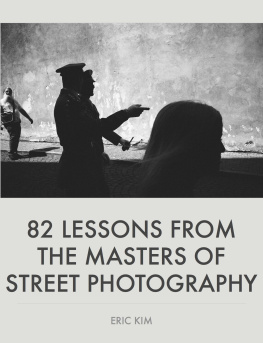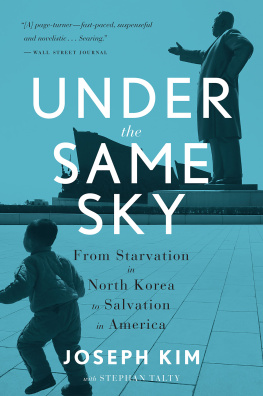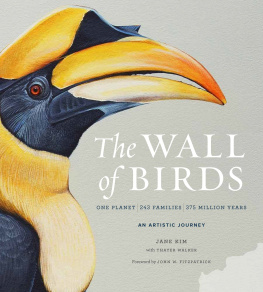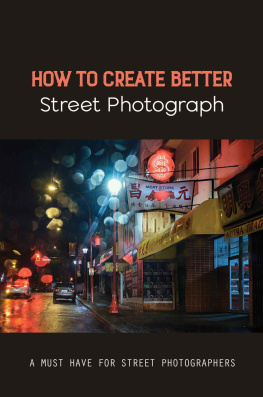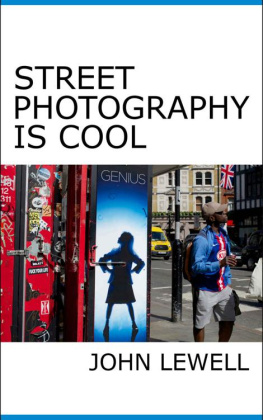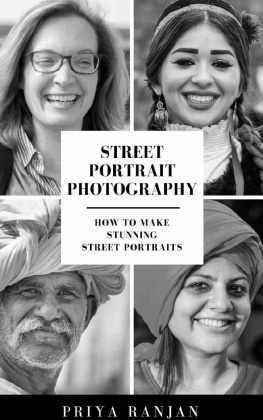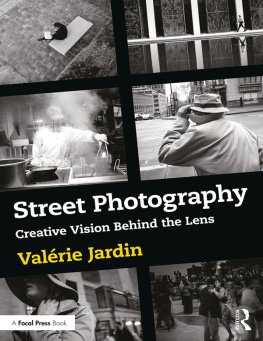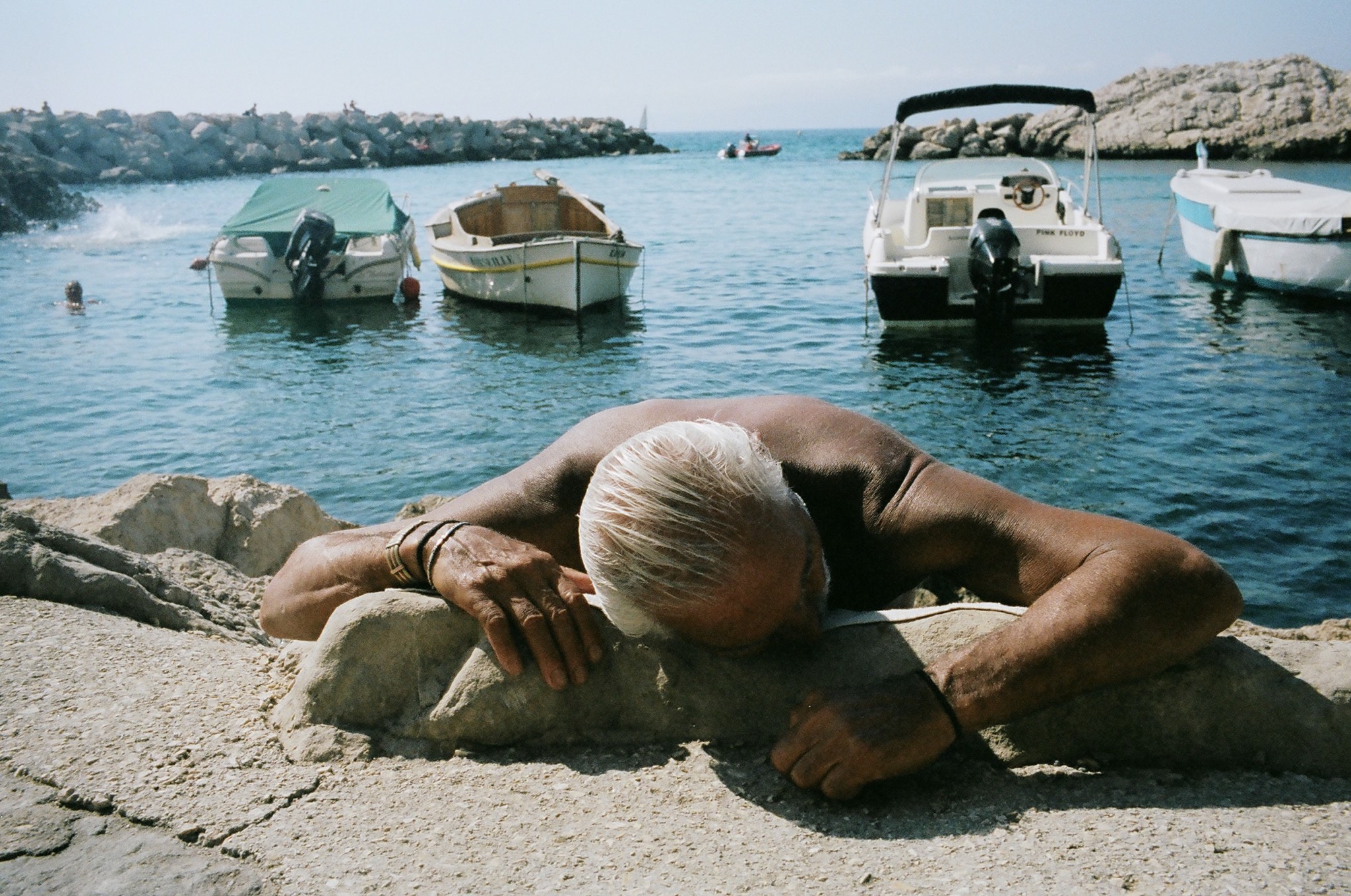
Introduction

Fulfill your personal maximum
"What has interested me in taking photographs is the maximum the maximum that exists in a situation and the maximum I can produce from it. - Josef Koudelka
I love photography with all of my heart and soul. For the last 9 years, I have tried to seek my own personal voice, style, and path in photography. This journey has led me through life in so many incredible ways. I have learned so many valuable lessons in photography (and life) which has transformed me as a human being.
My particular interest has been in street photography; capturing moments of everyday life in public settings. I have always been drawn to my fellow human beings, and street photography has helped me become a more empathetic human being.
Ultimately, photography is photography . I used to feel that I should only shoot "street photography," but I have discovered in my path that it doesn't matter what you shoot. What matters is how shooting makes you feel. What matters is whether photography pushes you outside of your comfort zone, and whether you are able to achieve your personal maximum .
I feel the purpose of my life is to produce knowledge, and to distill information and lessons I've learned about photography to the masses. I am certainly not a "master" myself; just a humble student dedicated to a life-long pursuit of learning. Everything I share in this book is a distillation of the lessons I've learned from the masters of photography.
Don't take everything in this book as "truth." Rather, see the masters of photography as your personal guides. Take these lessons with a pinch of salt; pick and choose which lessons resonate with you, and throw away the rest .
Ultimately to find your own personal vision and style in photography, you just need to know yourself as a human being. " Know thyself " is the greatest wisdom given to us by the ancient philosophers.
I hope that this book helps you discover who you are as a photographer, and this concept of "street photography" can be used as a vessel or a boat to help you along your life's journey.
Once the boat has served its purpose; burn it and continue along your own journey .
I also share how I apply the lessons from the masters to my own personal photography, as we are both colleagues and fellow students. Disregard what others may think of your photography; seek inner-happiness, and fulfill the maximum you can out of your photography and life .
Love, Eric (at Free Speech Movement Cafe, UC Berkeley, 10:23am, Tuesday, October 6, 2015)
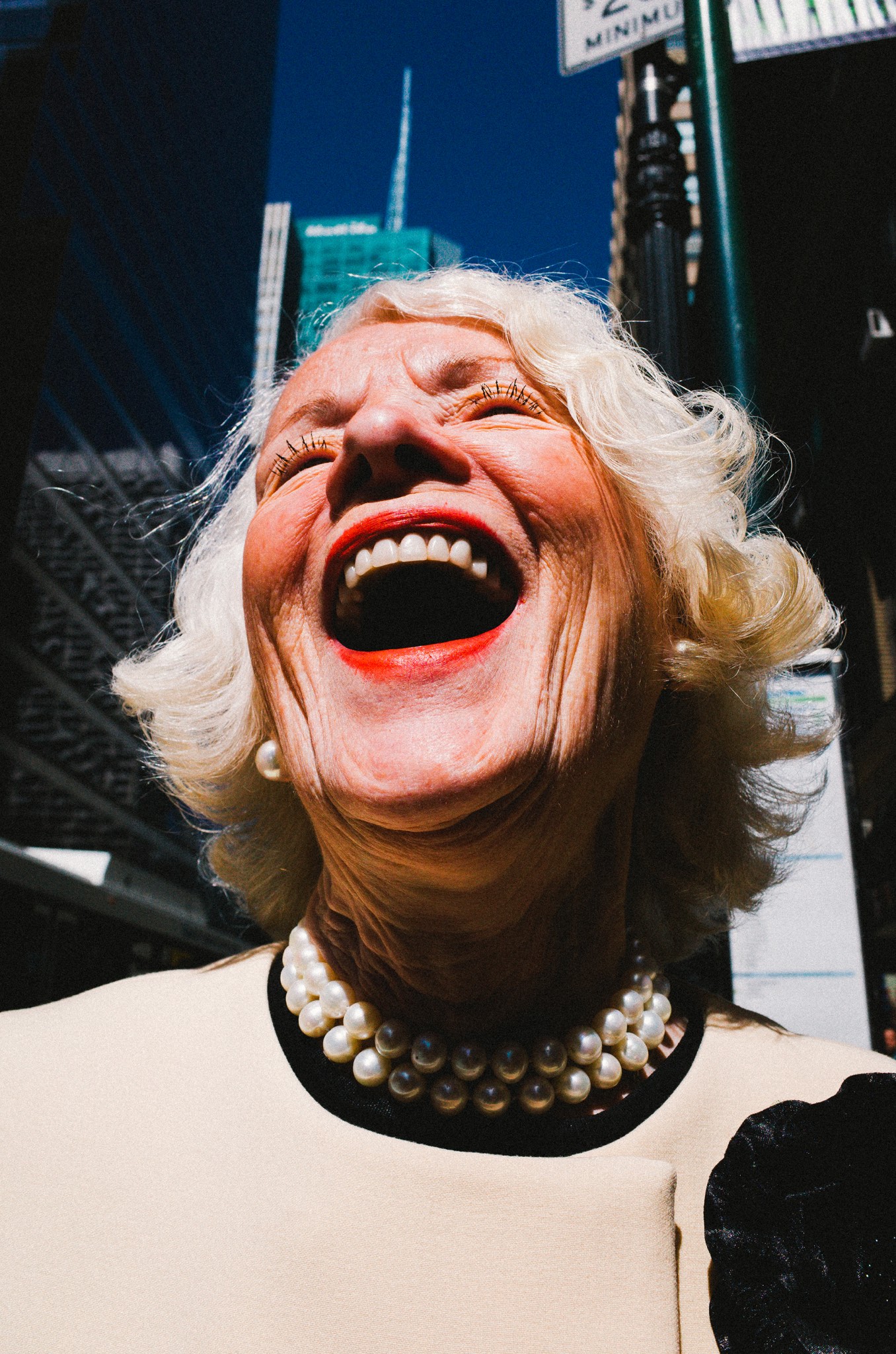
Lesson 1

Get Closer
If your photographs aren't good enough, you're not close enough. - Robert Capa
One of the common mistakes that many beginning street photographers make is this: they dont get close enough .
We have many fears and provide a lot of excuses for not getting close enough in our street photography. We are worried about pissing people off, we are worried about making other people feel uncomfortable, and we are worried that strangers might call the cops on us (or even worse, physically assault us).
Realize that this is all in your head . By getting closer to a stranger, you wont die. In-fact, I have learned that in photography (and life), with physical proximity comes emotional proximity .
It isnt enough to use a telephoto or zoom lens to get close to your subject. By using a telephoto lens, you compress your image, and visually your photo feels less intimate. It feels like you are more of a voyeur looking in; rather than you being an active participant of the scene.
In street photography I generally recommend using a 35mm lens (full-frame equivalent) for most photographers ( Alex Webb , Constantine Manos , and Anders Petersen shoot with this focal length). The human eye sees the world in around a 40mm field-of-view, and I find that shooting with a 35mm lens gives you enough wiggle-room around the edges of the frame.
A 50mm is fine too ( Henri Cartier-Bresson was famous for using it for nearly his entire life), but in todays crowded world, I find it to be a bit too tight. A 28mm is fantastic too ( William Klein , Bruce Gilden , and Garry Winogrand have used this focal length), but realize that you have to be close enough with this lens to fill the frame.
As a rule-of-thumb, I try to shoot with a 35mm at least two-arm-lengths away (or closer). 2 arm-lengths is 1.2 meters (around 4 feet). Therefore I always have my camera pre-focused to 1.2 meters, set at f/8, ISO 1600, and I simply go out to find moments to shoot.
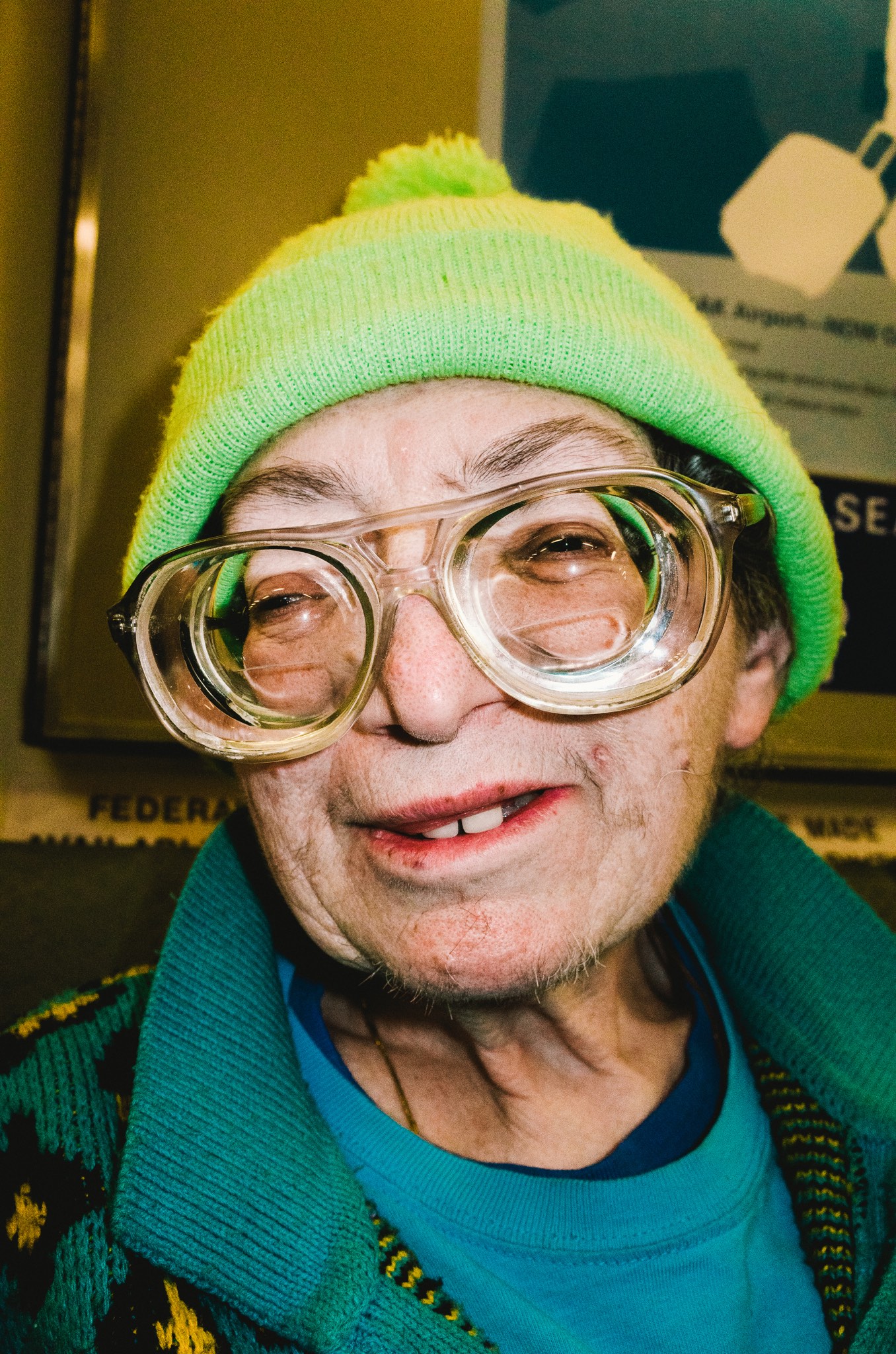
Assignment

The ".7 Meter Challenge"
To truly get comfortable getting closer to your subjects, try this assignment from my friend Satoki Nagata : For an entire month, only take photos of your subjects from .7 meters (1-arm-length).
For this assignment, switch your camera to manual-focusing mode, and tape the focusing mechanism of your lens to that distance. By setting yourself this creative constraint , you will learn how to better engage your subjects and get them comfortable with you shooting at such a close distance.
Start off by asking for permission, then once you feel more courageous, start shooting candidly.
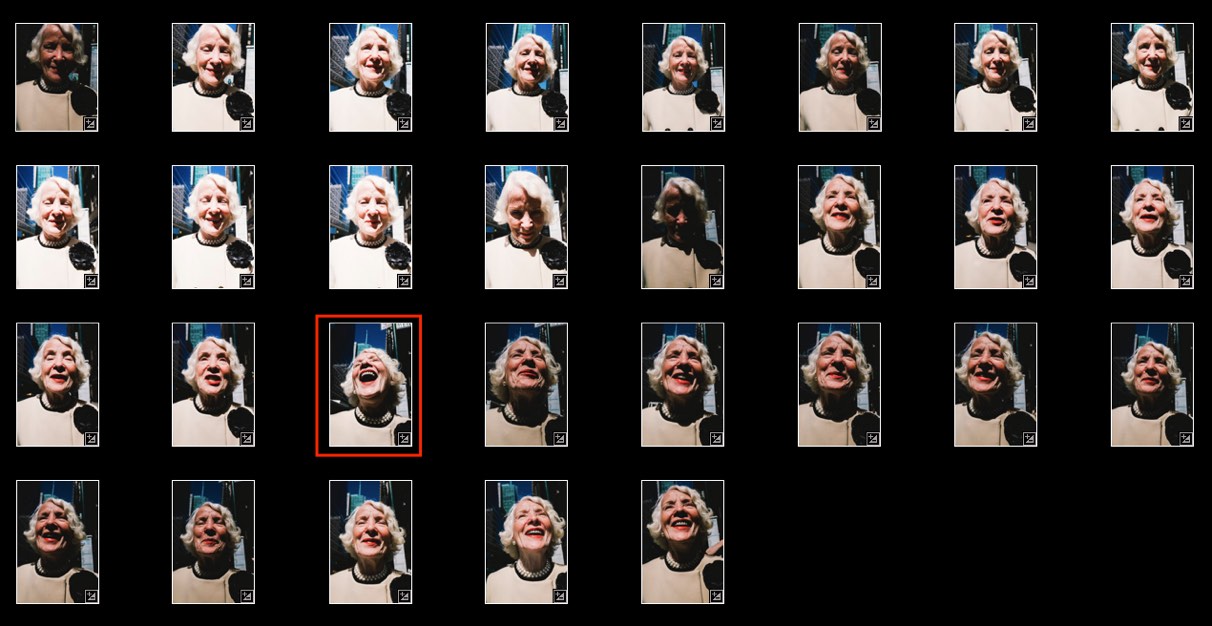
assignment

Shoot 25% more than you think you should
If you see an amazing character once in your life, realize that you will never see them ever again. So live life without regrets and make the photograph.
For this photo, I saw this amazing woman in the streets of NYC and said to her, Oh my God miss, you are the most incredible-looking woman I have seen all day. Do you mind if I made a few photographs of you? She was quite humbled and said, Of course!
I got very close with her with a Ricoh GR digital camera , and shot on 28mm with the Macro mode in P (program) mode with ISO 400. To fill the frame with her face, I shot this photograph at around .3 meters (about 1 foot away). I took many photographs, shooting some with flash, some without. I asked her to look up, and to look down at me.
On the 19th frame, she started bursting out laughing and said, Youre taking so many photos, youre crazy! and started laughing. On that frame, I captured the decisive moment.
After capturing the moment, I still wasnt 100% sure whether I got an interesting photograph or not, so I kept clicking, around 10 more frames.
As a general rule-of-thumb, when I think Ive got the photograph, I try to take 25% more photographs (because you never know if you might catch an even more interesting photograph after-the-fact).
Next page
